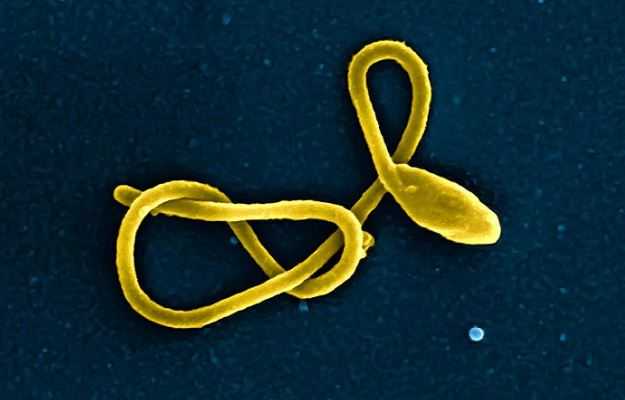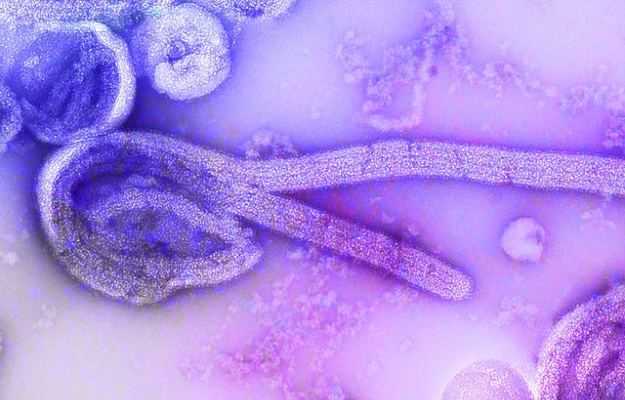Ebola virus disease is a rare, but lethal viral infection. It is caused by the Ebola virus, one of seven filoviruses that can affect humans (Marburg virus is also a type of filovirus that affects humans). In the past, mortality rates for Ebola virus disease have varied between 25% and 90%, averaging at around 50%.
The virus was first seen in 1976 in two separate outbreaks in Zaire (now the Democratic Republic of the Congo or DRC) and Sudan. It was named after the Ebola river in Zaire, where a cluster of cases was originally found. Outbreaks since then have been mainly in the Central African region and have not spread too readily.
In 2013, the largest outbreak of Ebola virus disease so far originated in western Africa’s Guinea and broke the patterns seen in the past. The disease jumped international borders to other western African countries, leading to over 28,000 infections and 11,325 deaths. The epidemic was only contained three years later in 2016.
In August 2018, when another outbreak started in the DRC, relief efforts got mired in regional conflict and isolated cases are still emerging: cases were reported from Beni in the DRC as recently as 10 April 2020.
Outside the African continent, outbreaks have been contained, with only a handful of cases reported. However, Ebola remains a global health threat given its virulence and our connectedness in a globalized world.
While the exact origins of the virus are unknown, genetic evidence suggests that fruit bats or non-human primates such as gorillas and chimpanzees may be involved. The disease can be transmitted to humans from infected animals in what is known as a "spillover event", by coming in contact with infected fluids or ingestion of contaminated meat.
Ebola virus can also spread via direct contact with the blood and other bodily fluids of an infected person—including their semen, saliva, sweat, urine and breast milk. Contaminated fomites (things multiple people may have touched and used, like lift buttons) indirectly spread the disease as well. Airborne transmission has not been reported. The virus can only be transmitted after the person begins showing symptoms; the incubation period is eight to 10 days.
Symptoms are initially fever, body aches and pains and fatigue. These are followed by diarrhoea (sometimes bloody) and vomiting, bleeding and bruising.
Treatment is focused on managing the symptoms; fluid replacement therapy, supplemental oxygen are provided and opportunistic infections are taken care of. (Read more: What is oxygen therapy?)
During the latest outbreak in the DRC, monoclonal antibody therapy with two antiviral drugs, Regeneron (REGN-EB3) and mAb114, showed promising results. The vaccine rVSV-ZEBOV has also shown promise against the Zaire Ebola virus strain; it is being administered to at-risk populations.

 Doctors for Ebola Virus Disease
Doctors for Ebola Virus Disease  Ebola Virus Disease articles
Ebola Virus Disease articles News for Ebola Virus Disease
News for Ebola Virus Disease













































